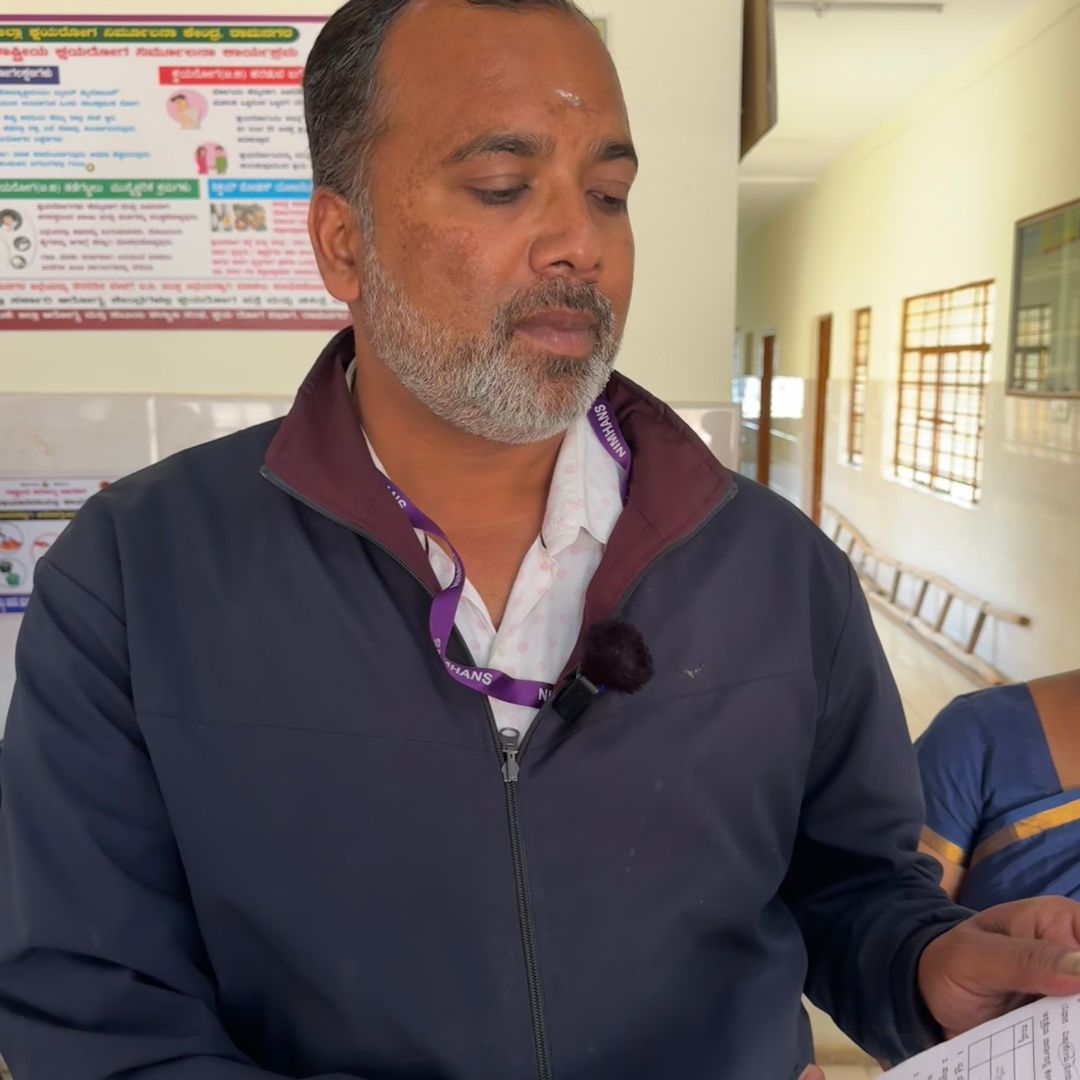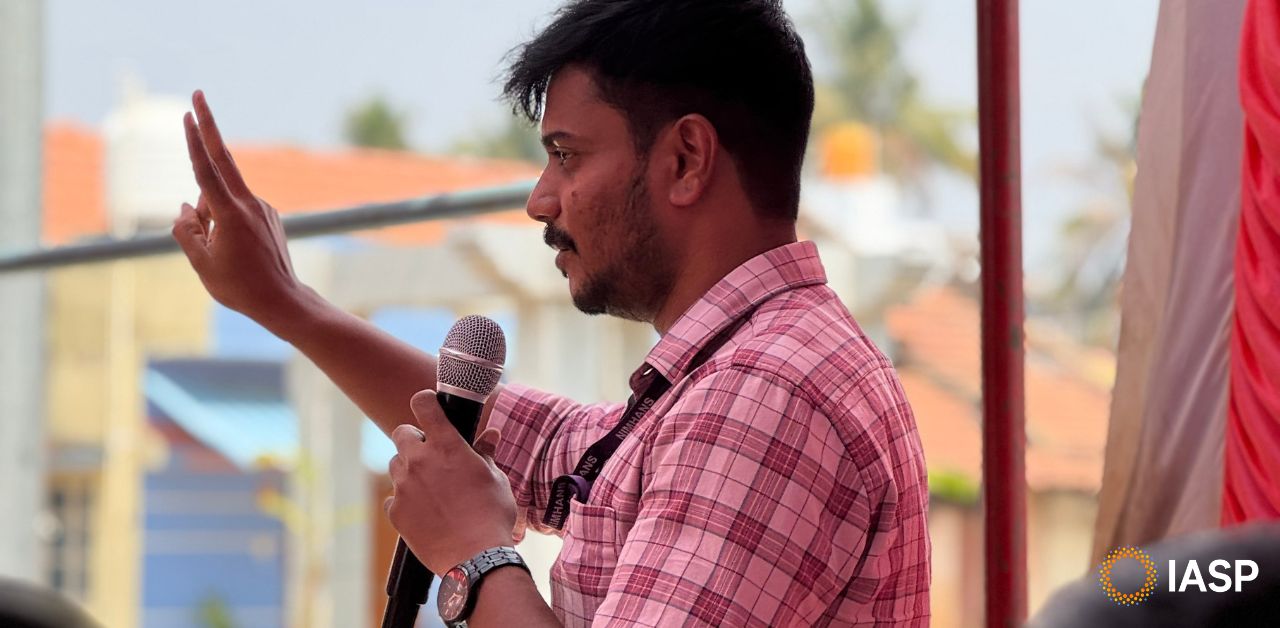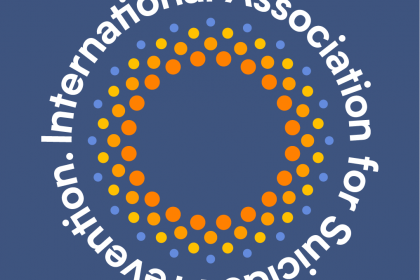The SURAKSHA (Surveillance system to track suicide and self-harm – SURAKSHA – A Community-Based Suicide Prevention Model) Project led by Dr Anish V Cherian and a team from NIMHANS, India’s National Institute for Mental Health and Neurological Sciences, was initiated in collaboration with the Karnataka State Government and Himalaya Wellness Company with the aim of implementing the WHO LIVE LIFE model to reduce suicides and instances of suicidal behaviour. The program is a community-based surveillance initiative piloted initially within one district; Ramanagaram and currently extending to another district; Ballari.
With Karnataka’s suicide rate exceeding the national average, this research-driven approach seeks to provide scalable, sustainable solutions for suicide prevention. The initiative includes early identification, crisis intervention, referral systems, and targeted training for teachers, local media, healthcare workers, and pesticide storage managers. Work packages also focus on hospital interventions, community, media training and recently, postvention has been an added element. Community awareness opportunities and gatekeeper training often take place alongside other community events.
In Karnataka, Primary Health Centres such as Nagavara in Channapatna Taluk, complete a self-harm questionnaire with individuals, contributing to a self-harm registry, through this project.
“The registry not only supports monitoring the individual’s suicide risk or response, but it also contributes to a real-time understanding of possible needs or issues within communities.”
Aravinda Kumar S.
The registry is also run in the district hospital settings (Urban Self-Harm Study) in Karnataka where they see on average 1,200 instances of self-harm per month. Individuals are supported with supervised safety planning and follow-ups take place in the community and over the phone at regular intervals for up to a year.

Initial data indicates the model is working. Surveillance data shows that suicide re-attempts have come down to 0.9%. The project has also bridged the gap between the health system and the community and allows for cross-collaboration that centres on the individual’s needs. In addition, issues such as awareness around the need to reduce stigma around mental health and suicide are approached by trained community health workers whilst they deliver wider health needs within their communities such as vaccine programmes.
Working through the district level hospital, primary health centres, local health care workers and volunteers, the project aims to be a replicable model across other states, fulfilling a fundamental part of India’s National Suicide Prevention Strategy as well as providing an example of implementation of the WHO Live Life model for suicide prevention. The LIVE LIFE Implementation Guide provides technical guidance on four key interventions and six cross-cutting pillars to help governments take effective, multi-sectoral action. By adopting these strategies, many lives can be saved through national and community-level initiatives.





